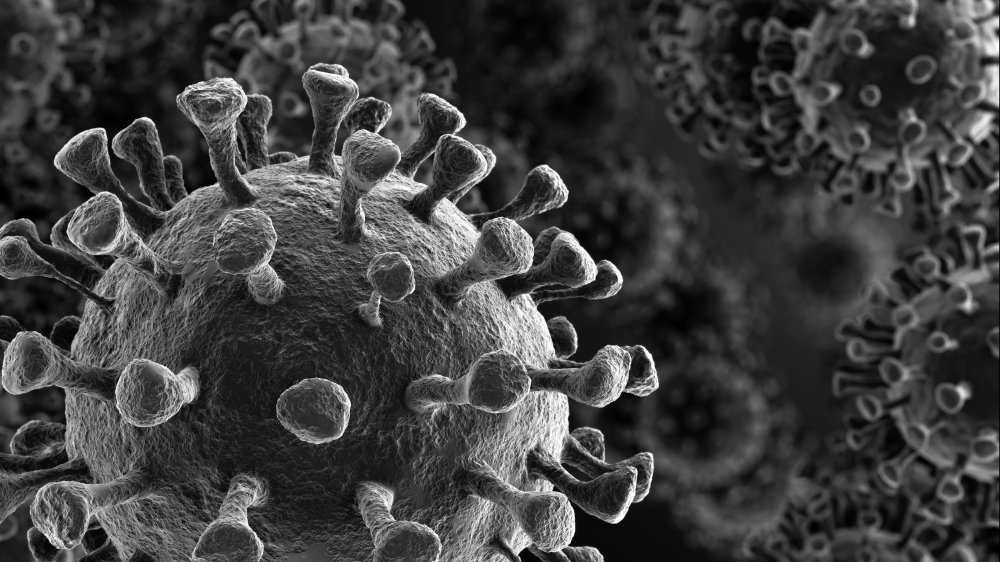Will The Coronavirus Have A Deadly Second Wave Like The 1918 Influenza Pandemic Did?
The current strain of coronavirus has us all diligently washing our hands and following the CDC's instructions on protecting ourselves, but there are still many questions about the global pandemic that need answers. For instance, is there a chance that the virus could do what the 1918 influenza pandemic did and launch a dangerous second wave?
As History tells us, the 1918 pandemic received its inaccurate and unfair, Spanish-themed name from the fact that French, American and English journalists were forbidden to write anything that could "harm the war effort," so the journalists covering the initial outbreak were largely from the neutral Spain. In reality, the information available at the Centers for Disease Control and Prevention website teaches us that the 1918 influenza pandemic was a strain of H1N1 influenza that may be of avian origin, but there's no consensus of the country it came from.
The 1918 pandemic was contagious, but not particularly dangerous ... until it suddenly was. It is believed that in the fall of 1918, the virus mutated into a vastly more potent version, unleashing a "second wave" that could potentially kill a young, healthy person within 24 hours from the first sign of illness. By the time the pandemic subsided in the summer of 1919, an estimated 500 million people had been infected, and no less than 50 million had died of the disease. Could the novel coronavirus be capable of a similar mutation?
So, will the current strain of coronavirus strike back?
It's possible that SARS-CoV-2 has the potential to unleash at least some variation of a second wave. In fact, Donny Kwok and Ryan Woo of Reuters report that as of March 17, 2020, Singapore, Taiwan, China and Hong Kong are bracing themselves for a "boomerang" wave of imported infections, as people escape the outbreak hotspots in other countries and bring the virus with them.
However, that's not really comparable to what happened in 1918. As History reminds us, that influenza pandemic happened at a time when medical science couldn't really handle such outbreaks, and the fact that there was a World War going on didn't help matters. For instance, public health officials were unwilling to quarantine people for fear of hindering the war effort. There's also the fact that, as Gabrielle Lurie of the San Francisco Chronicle tells us, the influenza virus mutates at a four times faster rate than coronaviruses. More research is obviously needed to find out whether the novel coronavirus can potentially mutate into a more dangerous version, but based on what we know about it, geneticists believe this is unlikely to happen. So, not only was the 1918 pandemic an influenza virus that could mutate faster than a coronavirus, but it was also operating during World War I, at a time when microscopes couldn't even see a virus. It would be pretty weird if SARS-CoV-2 could unleash the same kind of second wave, wouldn't it?

